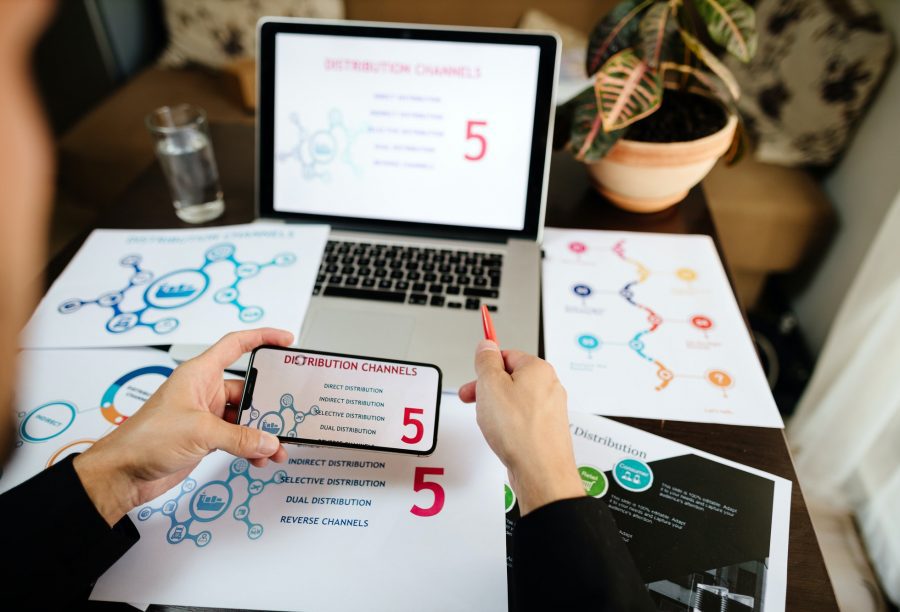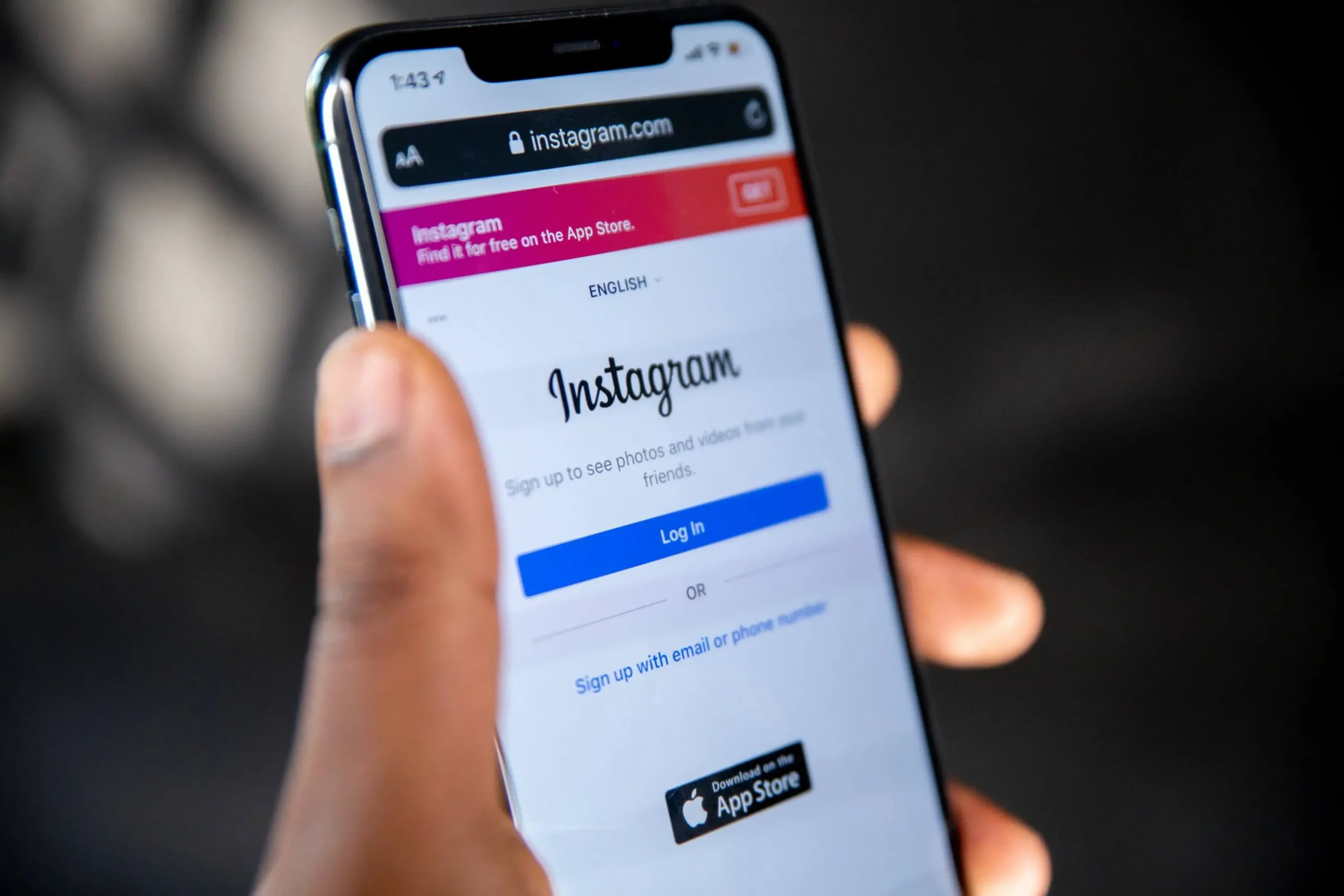
More and more businesses experienced a big change with their customer and the customer journey they provide. Today we are going to talk about the best ways to use the marketing flywheel to please clients. In fact,
The State of Global Customer Service by Microsoft revealed that 54% of clients surveyed expect more from customer service now than they did a year ago. This is a significant percentage and finding ways to always go the extra mile and impress clients is essential in the marketing industry.

For these reasons, marketing flywheel is becoming more and more popular these days. Remaining available to clients long after purchase until they promote your organization and services will definitely help in indirect marketing, and, needless to say, it is priceless.
Whether you either want to start a business or want to take your marketing strategy to the next level with important features, you’re in the right place.
What Is Marketing Flywheel?
As a whole, Marketing Flywheel is what’s replacing, slowly but surely, Funnel marketing strategies. Marketing flywheel focuses on making the customer journey enjoyable and providing education, training, and assistance until they become experts with your products and promote your brand and services/products.
Jon Dick, Vice President of Marketing at HubSpot once shared his experience with flywheel. He explained “At HubSpot, flywheels are a circular process where clients feed growth. We invested more in marketing towards clients and customer advocacy while creating delightful onboarding processes for new clients.”
To conclude, Marketing flywheel strategies help in keeping your clients happy even after purchase. Knowing this, why would anyone replace funnel strategies, if they’ve been working for so many years? Read ahead to know the full details.
Marketing Flywheel Or Funnel?
This is probably one of the most common questions that marketers have nowadays. In fact, while Funnel isn’t completely dead, it definitely is being replaced by the Marketing Flywheel. Of course, Funnel strategies have been working successfully for many years, so why replace them, and why should you rather use Marketing Flywheel strategies?
Funnel is simply the fact to turn leads into customers and get them to purchase your service or product. On the other hand, the sales flywheel is more of a circular process. Prospects and customers are placed at the center of everything, are prioritized, and are assisted even after purchase.
To make it short, the marketing flywheel is a much better and developed way than funnel strategies to grow your business online or offline.

Best Ways To Use The Marketing Flywheel To Please Clients
If you’re getting convinced about switching your funnel strategy into flywheel ones but don’t want to throw everything that you did in the past years, don’t worry. In fact, there are some instrumental aspects to your funnel that are totally compatible with your future flywheel marketing strategies.
Step 1: Turn Prospect Into New Users
- Turning prospects into new clients is an essential part of every marketing strategy for obvious reasons. To start with, build a portfolio, a high-quality website, or a catalog to display to your leads and show them that you’re an expert in what you do.
Provide existing user cases, give the best of your tips, and added value. A great way to attract them from the first moment is to offer free trials or even free-forever plans. You could also consider hosting a free webinar that gives them valuable market information while also organically mentioning your product. - Once done, focusing on converting your clients into regular ones should be your next stage. These once prospects start to become experts on your product and will start exploring new offers you have in stock. This is your moment to find new ways to please your client, take their feedback on board, and come with new features, updates, or extra tutorials.
- This is the moment to make your clients fall in love with your product. While you probably have some thoughts about how to proceed, we think the best ways are sharing case studies with them, upgrading to your best product/service, and showing them the full benefits you have. Lastly, surveying your clients is an excellent way to show that you value their opinion and ask them what more they would like to see from your service.
- This is the stage where you want all your clients to be. Your customers love your product so much that they will promote it to their stakeholders and write reviews about your business. Also, incentivizing your clients to publicly recommend your product is a great marketing way to elevate your business and reward your customers.
Georgi Todorov, the Digital marketing specialist at GetVoIP, shared his experience with customers and came up with a powerful quote. He said, “ Happy customers are your biggest advocates and may become the only sustainable platform for competitive differentiation”. Let’s think it through, and jump to the next step.
Step 2: Set Clear Goals
Now that you’ve completed your flywheel strategy, it is time to set clear goals and KPIs. First of all, you will want to set some goals for the number of new users, initial sales, or free trial per month. This will allow you to track your records more easily but also to create team goals for your sales team.
In addition, you should set clear goals based on the number of customers that completed their onboarding and that purchase your product. On top of that, you can include some more metrics such as their retention rates, the average revenue per consumer, or even their lifetime value.
Moreover, a challenging but important goal to take into consideration is the number of new leads gotten by the incentives and affiliate partnerships of your current clients.
Lastly, your customer service must be top-notch and ready to reply to any inquiry. A report from Microsoft found that 68% of customers have a better perspective of a brand when they receive customer service notifications. Your customer support is such an essential asset to your brand and investing in the right people will make your reputation increase.

To sum up, all these goals are essential to calculate your future potential revenue or to project how your business will grow.
Step 3: Identify The Friction Of Your Flywheel
The friction in your flywheel is one of the most important things that need to be calculated in your marketing strategy. To start with, you need to consider how fast you’re getting new leads, the things that are slowing down your marketing process, how to keep and how to prevent your clients from leaving your brand and product.
There are a few areas that you need to take into consideration and that will be a massive role in the flywheel marketing strategy.
- Implement a Sales Call Tracking Software
- Optimizing Your Retention Strategy
- Team Alignment: Sales – Marketing – Customer Support
- Ease of Upgrade and High-Quality of Customer Support
- Personalize and Keep Your Content Updated and User-Friendly
- Implement New Features and Tools Based on Consumer Feedback
- Create Affiliate Programs and Incentives to Promote Your Brand Through Your Clients
Identifying your flywheel friction is instrumental if you want to keep your customers at the center of it. Keep them happy for the entire working relationship and use referrals to help your company make sales.
Step 4: Conversion Rate Optimization
Conversion rate optimization is the last step before seeing your strategy results and is, therefore, the part to spend more time on. Analyze your campaigns, see the incentive programs and referrals that worked best, encourage your customers to promote your brand, and help to make sales.
In this stage, you will also want to test new parts of your strategy such as modifying your catalog of website design, your surveys, and feedback forms, and evaluate your referral programs. These all help to make your conversion rate optimization as well as eventually making your business growing in the right direction thanks to loyal clients.
Step 5: Analyze Your Results and Evaluate Your Strategy
This is the final part of your flywheel marketing strategy. The part that you worked the hardest to get to, and ultimately where you’ll have the chance to analyze and evaluate your entire strategy. Look at your strategy as a whole, the metrics that you have in place with your marketing, sales, and customer support teams, analyze the conversion rate, measure social media analytics, evaluate the received feedback from your customers, and come up with a final result.
Are my customers pleased with my product? Do they feel that we do enough for them? Do they want new features or tools implemented, or more available from their account manager?
This is the last but definitely not least important step in your sales strategy that you will need to keep on elevating your business, advertising your brand, and improving your reputation.
Extra Tips On Your Flywheel Marketing Strategy
Now that you know how to use your flywheel sales and marketing strategies the right way, let’s focus on additional tips that could benefit your organization and your overall process.
How Fast Should You Spin The Flywheel?
That’s an important question that deserves to be covered. The faster your flywheel spins, the larger impact it will make. For instance, the speed in your previous funnel strategy was calculated in the number of leads and sales you were making.
However, things change a little bit with your new flywheel strategy. You will indeed need to apply more speed and energy into delighting new customers but also existing ones.
How Much Friction Your Flywheel Has – Measure Your Friction
This is the part where you calculate and evaluate the friction that your flywheel has. First off, your departments should be aligned with each other in order to satisfy all your customers. Also, you need to guarantee the same information and consistency regardless of the department they’re in touch with not to slow down your wheel.
In other words, the more unhappy customers you have, the more friction you get to your spin. For this reason, you don’t want a lot of friction to your wheel. Rather, you will want to reduce to the very least to have delighted clients, the greatest customer journey, and the best flywheel strategy.
How Big Is Your Flywheel
Now that you know the speed and friction of your flywheel, let’s focus on the size. You want your wheel to be heavy. The happier your clients are, the heavier it gets. The more customers your brand has the quicker your wheel gets, and this is where your business continues to grow.
Marketing Flywheel: The Bottom Line
This was everything you needed to know about marketing and sales flywheel strategies. Now that you are fully covered in the topic, your next step is to start switching your funnel strategy into the flywheel one.
Customers are one of the assets in a company that you just can’t live without, and for this reason, doing everything for them is the key to success. The funnel times where you only wanted them to purchase your product and wait for them to get back to you with questions are behind us.
Jeff Bezos, the founder of Amazon, talked about brand reputation and success. He shared “A brand for an organization is like a reputation for a person. You earn your reputation by trying to do complicated things well.”. That is such a simple yet powerful quote to reflect on, and this is what you should have in mind when building your company and strategy.
The time for you to revolutionize your approach towards clients has arrived and the flywheel strategy is the solution to keeping your customers happy, loyal and advertising your company to everyone.

Author: Maria Mladenovska is a Content Manager at DigitalNovas – an online guide about how to become a digital marketing expert. She is passionate about marketing and her curiosity to learn is ever-evolving.
She focuses specifically on writing and editing engaging articles, blog posts, and other forms of publication.

